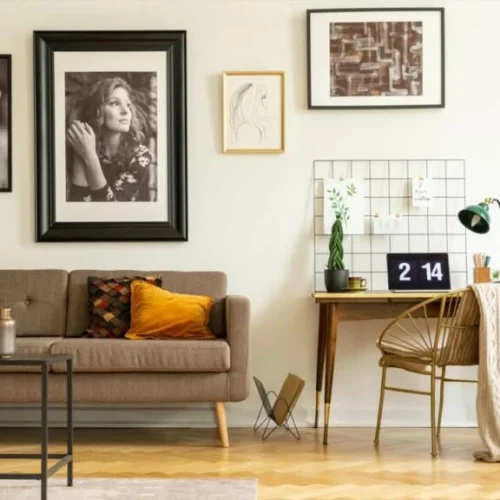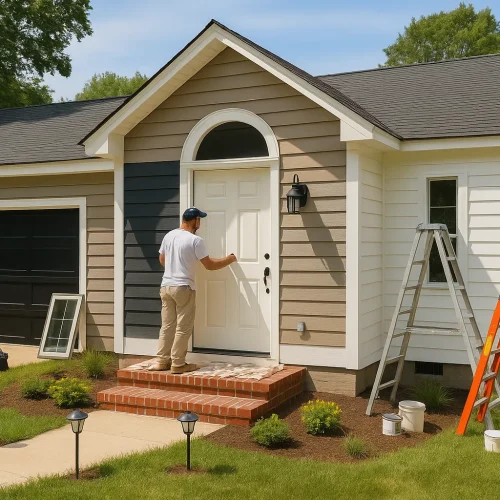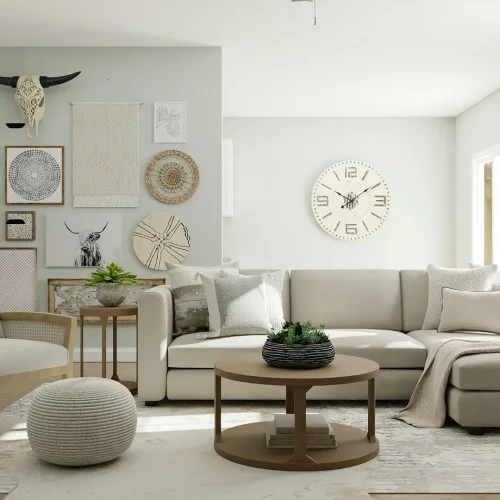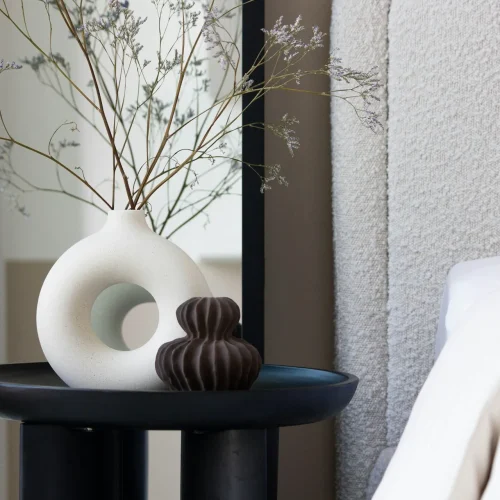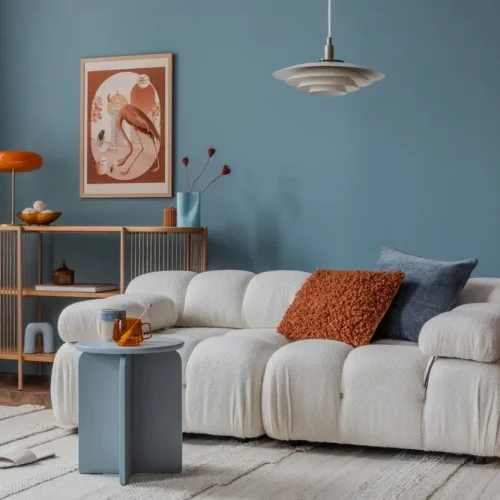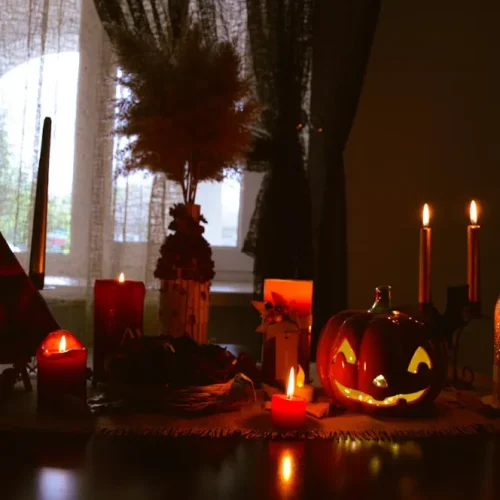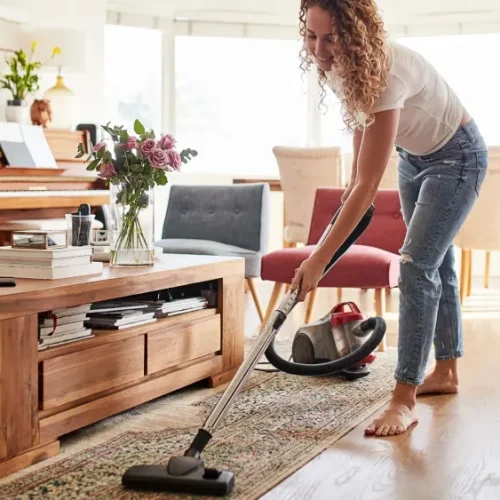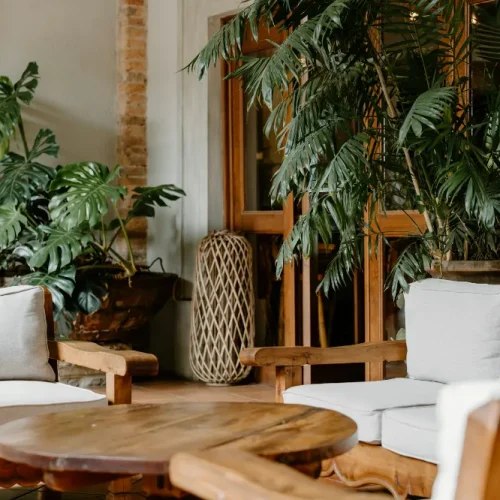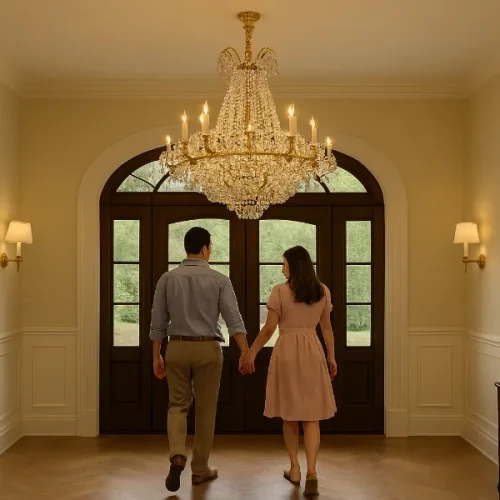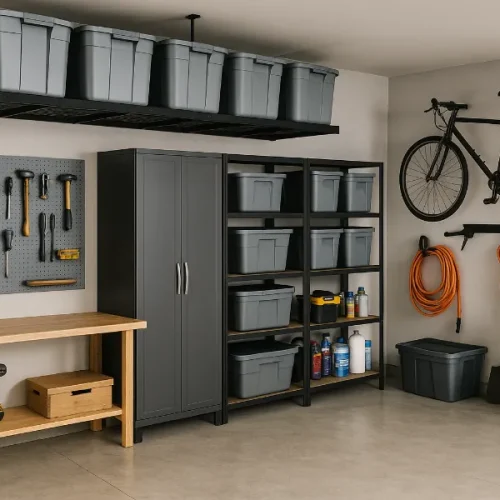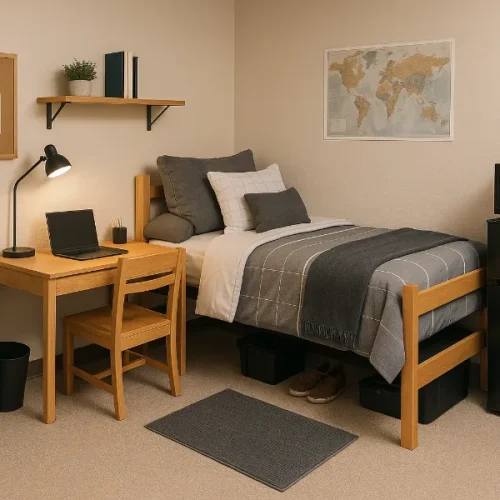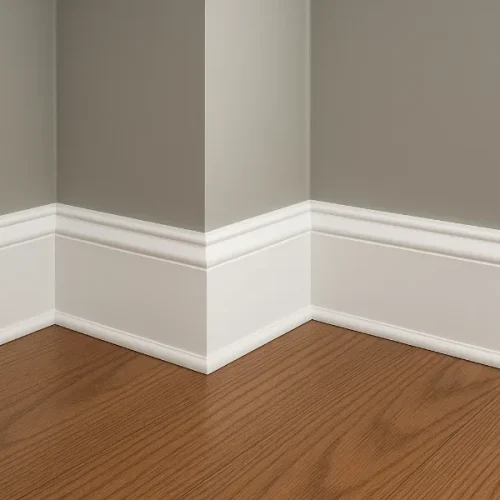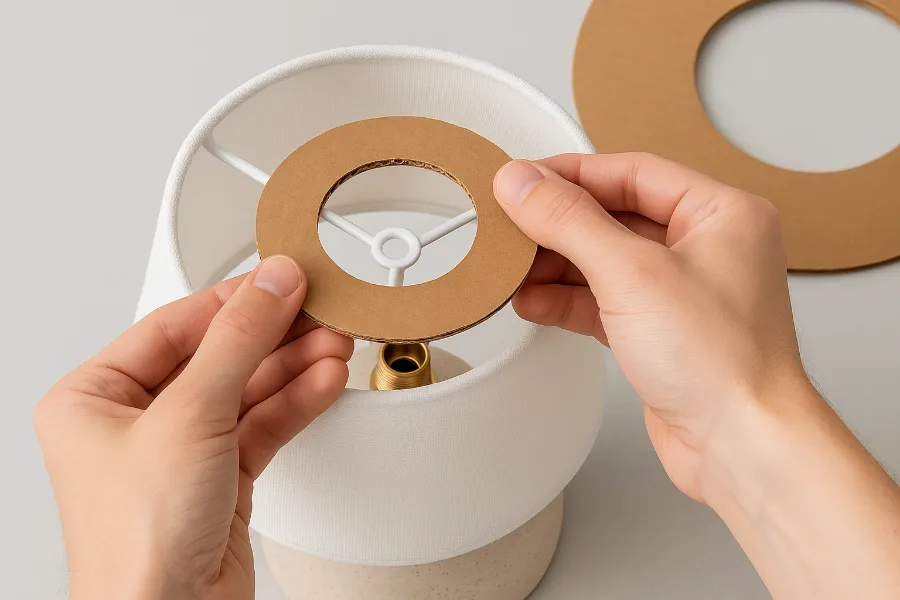
Walk into IKEA and it’s hard not to fall in love with their lamps and shades. Clean lines, modern silhouettes, and prices that make you want to buy two instead of one. But then comes the moment you try to fit an IKEA shade on a lamp from anywhere else—or vice versa. That’s when you discover the problem: the fittings don’t match. Suddenly you’re standing in your living room holding a shade that wobbles on top of your lamp. The fix? An ikea lamp shade adapter.
This simple but often overlooked piece of hardware bridges the gap between IKEA’s European fittings and the more common North American harp-and-finial system. In this guide, we’ll break down exactly why the mismatch happens, the different adapter options available, some clever DIY fixes, and how to choose the perfect lampshade once you’ve solved the fitting problem.
Why IKEA Lamp Shades Don’t Fit Standard Lamps
The core issue is that IKEA shades are designed for European sockets, which support the shade directly from the bulb socket. In North America, most lamps use harps—a U-shaped metal frame that holds the shade above the socket, topped with a finial to secure it.
This means:
- An IKEA lampshade often won’t sit securely on a standard lamp harp.
- A standard lampshade with a spider fitting won’t lock into an IKEA lamp base.
It’s not a design flaw; it’s simply two different hardware traditions. But for those of us who love mixing and matching bases and shades, it can be frustrating.
Types of Lamp Shade Support Hardware
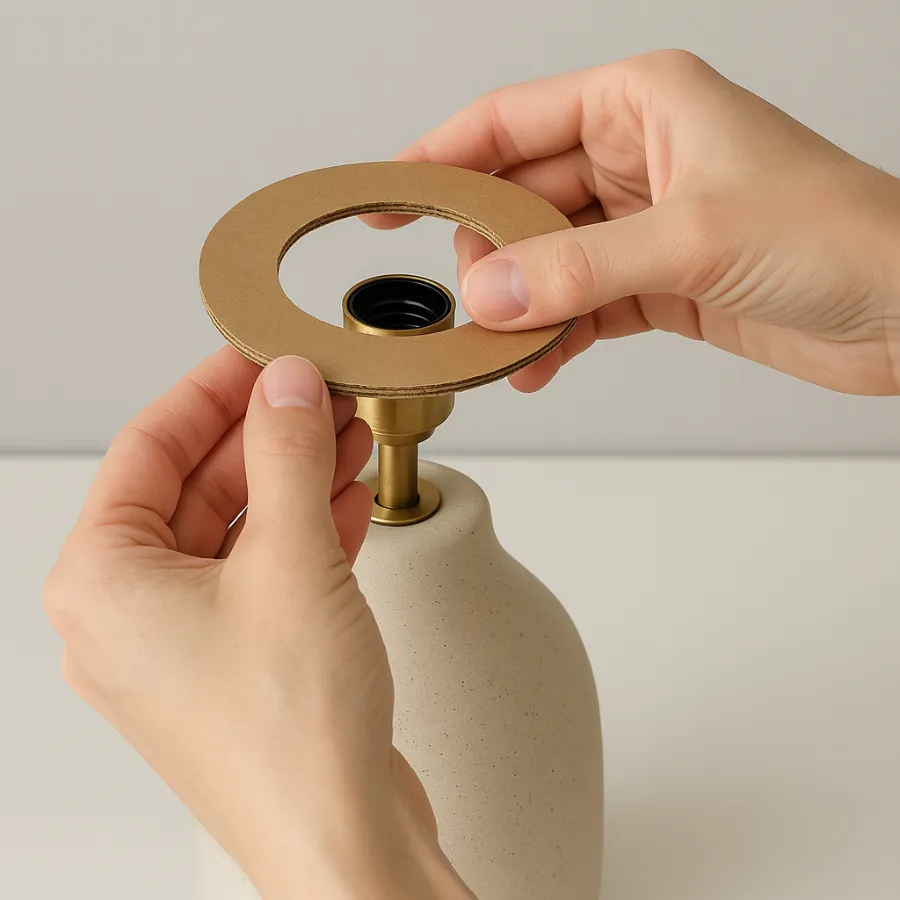
Before diving into fixes, let’s get familiar with the key players in lampshade support systems.
Harps
A harp is the most common U.S. system. It attaches at the lamp base and rises above the bulb, holding the shade securely in place with a finial. Harps come in different heights, letting you adjust how high or low the shade sits.
Risers
If your shade sits too low, a riser can extend the height of your harp without buying a new one. Think of it as a booster seat for your shade.
Bulb Clips
For smaller lamps without harps, bulb clips are a clever alternative. They clip directly to the bulb, letting the shade rest securely. The downside: they don’t work with many compact fluorescent bulbs, though they’re fine with LED and incandescent.
Finials
These are the decorative caps that screw on top of the harp, locking the shade in place. They’re the jewelry of the lamp world—functional but also fun to style.
IKEA Fittings
Instead of harps, IKEA shades rely on an integrated fitting that sits directly on the socket. It’s streamlined, but it doesn’t match standard U.S. lamps.
And that’s where the ikea lamp shade adapter comes in.
Solutions: The Ikea Lamp Shade Adapter
If you want to use an IKEA shade on a non-IKEA lamp, or vice versa, here are your best options.
1. Purchase an Adapter Ring
Adapter rings are small inserts that reduce or expand the hole size in your shade’s fitter. They let a European-sized shade sit securely on a U.S. socket. They’re inexpensive and often sold in multipacks.
2. Replace the Socket
A more permanent fix is to swap out the entire lamp socket. By replacing an oversized IKEA socket with a standard U.S. one, your lamp instantly becomes compatible with any shade. It’s a bit of light wiring, but nothing too complicated for a confident DIYer.
3. Use a Harp Conversion Kit
Some kits let you attach a harp to an IKEA lamp base, essentially converting it to the North American system. This gives you more flexibility with shade options.
4. DIY Cardboard Ring Fix
This clever budget hack has saved many a lamp lover. All you need is a piece of sturdy cardboard:
- Trace your lamp base onto it.
- Cut a ring that fits snugly around the socket.
- Set your shade on top of the ring.
- Secure it with tape if necessary.
It’s not glamorous, but it works—and costs nothing.
Choosing the Right Shade After Using an Adapter
Once you’ve solved the fitting issue, it’s time for the fun part: picking the perfect shade. The adapter just opens the door; the style choices are up to you.
Size and Proportion
A quick guideline: your shade should be about two-thirds the height of the lamp base. Too tall and it overwhelms; too short and you’ll see the hardware peeking out.
Shape Matters
- Round bases pair best with round shades.
- Square or rectangular bases look better with angular shades.
- Narrow tables or hallways benefit from flat-backed rectangular shades that don’t stick out.
Material and Style
- Hardback shades (plastic-backed drum shades) lean modern and contemporary.
- Fabric-backed shades with piping bring a classic, traditional vibe.
- Colored or patterned shades can add personality, but light-colored ones are best for reading lamps.
Don’t Forget Function
If the lamp is meant for reading or task lighting, choose a lighter fabric that lets more light through. For ambient mood lighting, you can go darker.

Safety Considerations
Adapters and DIY fixes are handy, but safety always comes first. A few reminders:
- Make sure your adapter or cardboard ring isn’t too close to the bulb to avoid heat issues.
- Avoid using flammable materials near high-wattage incandescent bulbs. LEDs are a safer, cooler choice.
- If replacing sockets, double-check wiring or have a professional confirm your work.
Conclusion: Make IKEA Work for You
An ikea lamp shade adapter is a small thing that solves a big problem. With one, you’re no longer limited to IKEA’s shades for their bases—or their bases for IKEA’s shades. Whether you choose a ready-made adapter ring, a harp conversion kit, or a DIY fix from your recycling bin, the result is the same: more flexibility, more creativity, and more style in your home.
The next time you fall in love with a shade that “doesn’t fit,” you’ll know better. Grab an adapter and let your lamps shine the way you want them to.


